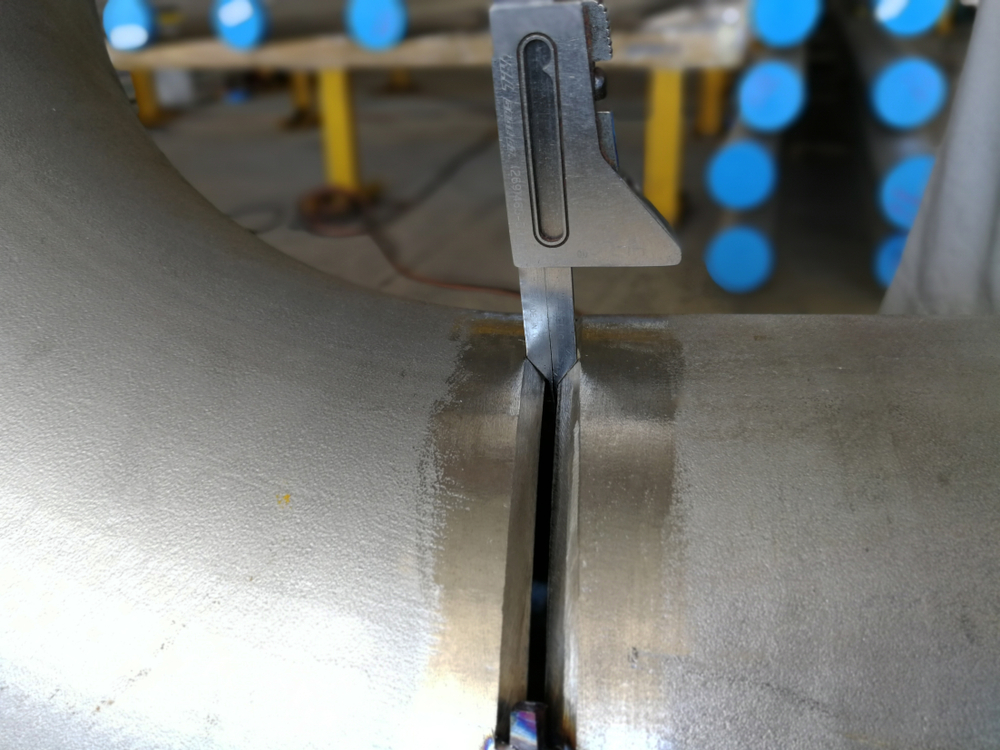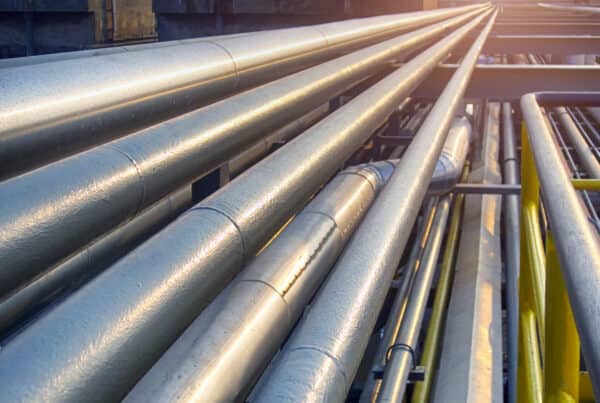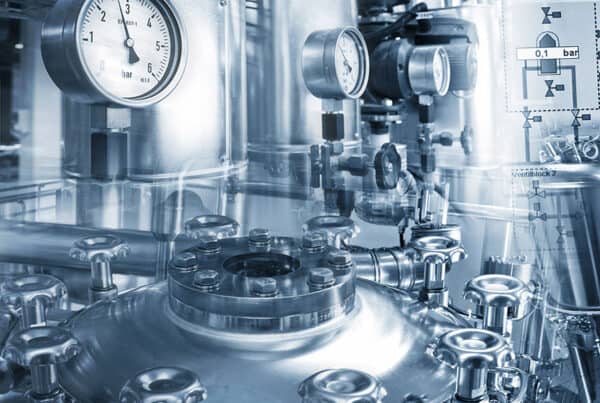
What is the recipe for a successful weld? The right welding technique, correct parameters, and compatible tools all work to produce the best result during the welding process. However, there is one crucial consideration to make before the welding process even begins: joint preparation.
When welding large or small pipes, the edges are generally machined to form a V- or J- groove bevel. Further cleaning and preparation after machining these bevels boost the quality of the weld. In this article, we will talk about pipe welding joint preparation techniques once the machining is done.
Pipe Welding Joint Preparation
Joint preparation is mandatory in all kinds of welding applications, and it involves the following basic steps:
- Machining the pipe ends. V- or J- groove bevel allows easy access of the weld head to the weld root to facilitate complete fusion.
- Cleaning the workpiece. This is important to get rid of factors that contaminate the weld or contribute to weld imperfections.
- Preheating the metal. Especially around the weld area, preheating is essential to ensure there are no defects resulting from rapid cooling.
The pipe edge is prepared through various machining and grinding techniques and is especially important for workpieces with larger diameters. The significance of v- and j-groove beveling is that it allows the electrode to access the root gap, which is essential for complete fusion. The beveling also increases the weld area, improving the weld’s stress resistance.
Once the machining is done, the machined joint is desired to be kept clean and inclusion free. Inclusion, in this case, may include rust, grease, paint, oxidation near the weld area, or metal fragments that may have remained after machining the joint. The result can be detrimental if they make their way into the weld. The resulting issues, such as porosity, cracking, and excess spatter, will deteriorate the quality of the weld. In addition, oxides can affect the arc when welding stainless steel. Therefore, it is essential to take surface cleaning measures to improve the weld quality.
Another critical aspect of pipe welding joint preparation after machining is the preheating requirement. All metals may not require preheating, so it is always recommended to refer to the welding code. However, when needed, it is done so to reduce the temperature between the arc and the pipe metal, which is crucial for preventing the rapid weld cooling rate.
Surface Cleaning the Machined Joint
Removing the contaminants in the welding surface may include many mechanical or chemical cleaning processes. The layer of rust, paints, or coats can be removed by grinding manually with abrasive tools. The dust that remains from the grinding, the metallic fragments that have made their way into the pipe’s interior during machining, and the remnants of machining coolants and lubricants can be removed using solvents. Acetone is the most commonly used solvent, although other alcohol and petroleum-based solvents may also be used after examining its compatibility with the metal.
An important thing to note before the cleaning is the smoothness of the weld surface. It is difficult to clean the contaminants when the weld surface has burrs, sharp edges, or other irregularities. Manual or mechanical deburring is important in such a case.
Preparation Is the Key to Quality
Pipes and pipelines are essential in oil and gas, water supply, chemical, and other industries – transporting critical fluids at various temperature and pressure conditions. Thus, when welding, it is important to ensure all preparation steps are met – machining, cleaning, and pre-weld heat treatment. The preparation process should also extend to the weld machine and equipment. Ensuring all the parameters are correctly set, and the weld heads are clean is a way to ensure quality, which is the aim of pipe welding joint preparation.
The pipe weld performed after accurate machining, thorough cleaning, and pre-weld heat treatment is sure to offer complete fusion and a defect-free result that is highly precise and meets all industry standards.
Arc Machines, Inc offers decades of experience and expertise in helping industries achieve the highest weld standard by utilizing various pipe welding joint preparation techniques and advanced welding solutions. For inquiries regarding products, contact sales@arcmachines.com. For service inquiries, contact service@arcmachines.com. Arc Machines looks forward to providing the equipment and services your project needs. Contact us to learn more.




